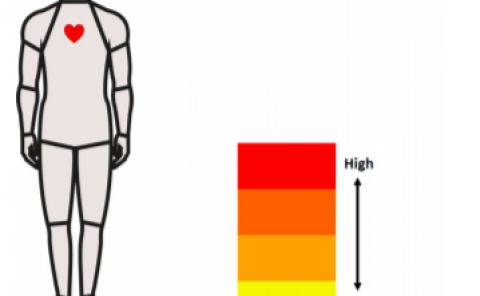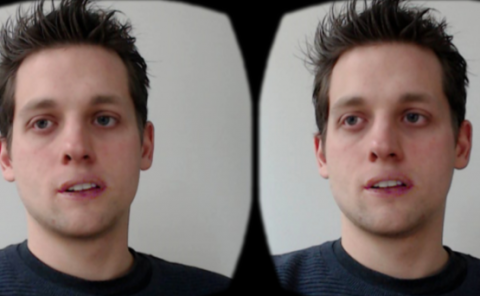Fast Gaze-Contingent Optimal Decompositions for Multifocal Displays
Title: Fast Gaze-Contingent Optimal Decompositions for Multifocal Displays
Teams: Facebook
Writers: Oliver Mercier, Yusufu Sulai, Kevin Mackenzie, Marina Zannoli, James Hillis, Derek Nowrouzezahrai, Douglas Lanman
Publication date: November 27, 2017
Abstract
As head-mounted displays (HMDs) commonly present a single, fixed-focus display plane, a conflict can be created between the vergence and accommodation responses of the viewer. Multifocal HMDs have long been investigated as a potential solution in which multiple image planes span the viewer’s accommodation range. Such displays require a scene decomposition algorithm to distribute the depiction of objects across image planes, and previous work has shown that simple decompositions can be achieved in real-time. However, recent optimal decompositions further improve image quality, particularly with complex content. Such decompositions are more computationally involved and likely require better alignment of the image planes with the viewer’s eyes, which are potential barriers to practical applications.
Our goal is to enable interactive optimal decomposition algorithms capable of driving a vergence and accommodation-tracked multifocal testbed. Ultimately, such a testbed is necessary to establish the requirements for the practical use of multifocal displays, in terms of computational demand and hardware accuracy. To this end, we present an efficient algorithm for optimal decompositions, incorporating insights from vision science. Our method is amenable to GPU implementations and achieves a three-orders-of magnitude speedup over previous work. We further show that eye tracking can be used for adequate plane alignment with efficient image-based deformations, adjusting for both eye rotation and head movement relative to the display. We also build the first binocular multifocal testbed with integrated eye tracking and accommodation measurement, paving the way to establish practical eye tracking and rendering requirements for this promising class of display. Finally, we report preliminary results from a pilot user study utilizing our testbed, investigating the accommodation response of users to dynamic stimuli presented under optimal decomposition.




